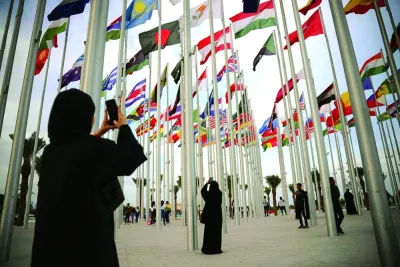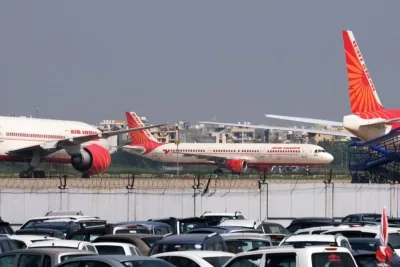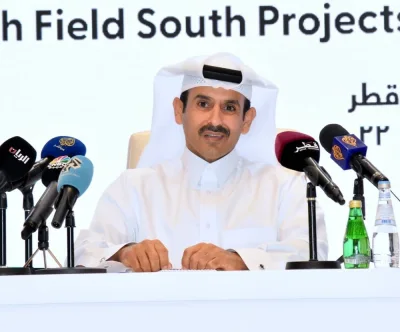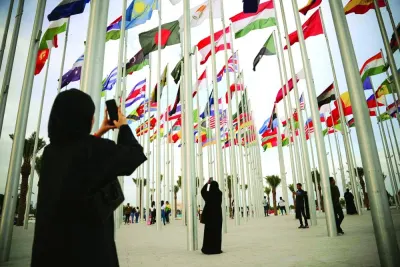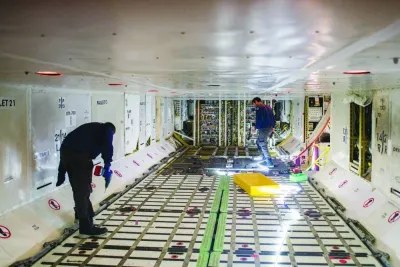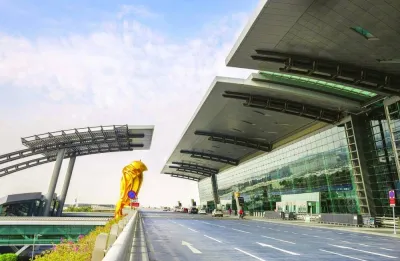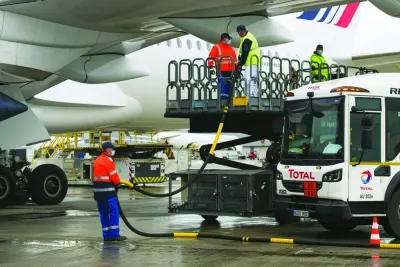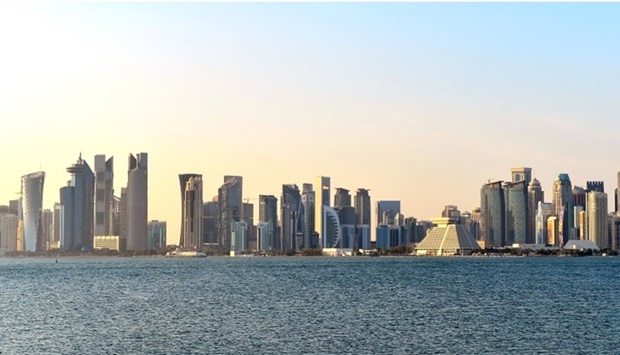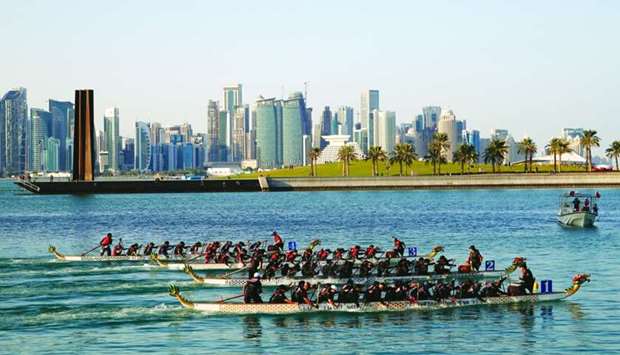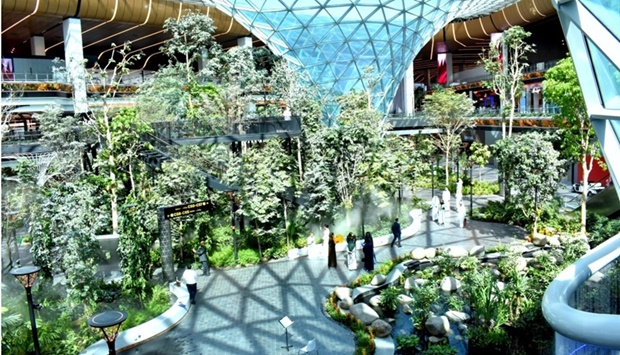Beyond the Tarmac The Covid crisis has had a massive impact on India's civil aviation sector with air traffic falling to all-time low last year.On Tuesday, India just recorded 215 new coronavirus infections and one Covid-related death within a 24-hour period, the lowest since April 2020, according to the country’s Ministry of Health.In the first quarter of 2021, at the height of the pandemic, India recorded the highest one-day tally of new Covid-19 cases anywhere in the world- exceeding 400,000 cases.Since then, in a nation-wide free inoculation drive, millions of Indians had been administered Covid vaccination, which helped bring down the daily caseload.But the recovery in India’s civil aviation market was hampered and got delayed because of the Ukraine war, which is the case in most major global markets.Due to a temporary halt in all airline operations at the peak of the pandemic and the subsequent rise in aviation turbine fuel (ATF) pricing, the finances of Indian airline companies have been in disarray.Experts say Indian airlines’ losses mounted to the tune of $2.5bn in last financial year and may hover around $1.7bn in the current fiscal, despite the opening up of the economy.Despite being loss-making, the Indian aviation industry continues to garner investors’ interest, attracting investments mainly from the private sector.India is the world’s third-largest air passenger market, after China and the United States.According to the India’s Director General of Civil Aviation (DGCA), in FY22, country’s passenger traffic stood at nearly 189mn, out of which domestic passenger traffic accounted for over 166mn, a 58% year-on-year (y-o-y) rise from 105mn in FY 21.On the other hand, international passenger traffic saw a 118% y-o-y rise to 22mn from 10mn in FY21. The Indian aviation sector is expected to touch 400mn passengers annually in seven-10 years.Despite the pandemic, domestic airlines have continued to add new aircraft to their fleets. Indian civil aviation ministry estimates the overall fleet size to almost double to 1,200 in five years from the current size of over 700 planes.In this context, the Tuesday’s announcement of Vistara airlines’ merger with Tata-owned Air India by March 2024 assumes significance.Singapore Airlines, which owns minority share in Vistara in its joint venture with Tata, will own around 25% of the enlarged Air India, into which it will infuse over ₹20bn.The rearrangement will mean a larger fleet and more routes under the Air India brand as Tata Sons rebuilds a mega aviation wing of its empire. At present, 51% share in Vistara is with Tata, while Singapore Airlines owns the remaining 49% in the joint venture set up in 2013.India’s aviation market may be moving towards a duopoly following the merger of two full-service carriers Air India and Vistara, noted consultancy and research firm CAPA India.The merger, it said, would strengthen the sector.“The competitive dynamics in India are moving towards a two-pillar system around the Air India Group and IndiGo. The two carriers combined are in due course expected to achieve a domestic market share of 75-80%,” CAPA India said.“This will redraw market and consumer power in the international arena back to Indian carriers, which has historically been dominated by foreign airlines”.India needs a high quality, dependable long-haul and ultra-long-haul airline to meet the country’s air connectivity requirements. The combined entity is in line with India’s aspirations to be a $5tn economy shortly, CAPA stated.Stating that there has been continuous improvement on the policy front, but if further reforms can be fast tracked, this will provide a powerful impetus to India's aviation system, CAPA said and emphasised that the confluence of world class entities on the corporate front, accompanied by fiscal (both direct and indirect taxes) and regulatory reforms, will enable India's true aviation potential to be realised in the medium to long term.An earlier Airbus’ forecast showed India will require 2,210 new aircraft over the next 20 years. That fleet could comprise 1,770 new small and 440 medium and large aircraft.Over the next decade, India will grow to have the largest population in the world, its economy will grow the fastest among the G20 nations, and a burgeoning middle class will spend more on air travel.As a result, Airbus noted passenger traffic in India will grow at 6.2% per year by 2040, the fastest among the major economies and well above the global average of 3.9%.Prominent Indian aviation analyst Ashwini Phadnis said “the merger of Air India and Vistara is on expected lines.”“This development augurs well for the Indian aviation market as AI and IndiGo will now be the two players with the largest market share within India. The merger along with IndiGo’s fleet induction plan should also help India claw back some of the international traffic from international carriers, which are presently carrying over 60% of outbound traffic from India,” Phadnis told Gulf Times.The merger of Vistara and AI will benefit both the airlines, he said. India is set to become the third largest global aviation market. Indian domestic passenger traffic hit pre-Covid levels of around 400,000 a day for a few days in November but has been around the 350,000 mark.A recent Nangia Andersen and FICCI study estimates that the out bound travel market from India will surpass $42bn by 2024.Given the financial position of the India aviation market with CAPA India revising upwards its loss estimates for Indian airlines to $2.5bn from $1.4-1.7bn earlier, excluding accounting adjustments and major impairment costs consolidation and mergers might be one way forward for the Indian aviation industry, he said.However, Phadnis noted it remains to be seen whether given the precarious balance sheet of most Indian carriers any carrier or investor will be ready to pump in funds right now.


